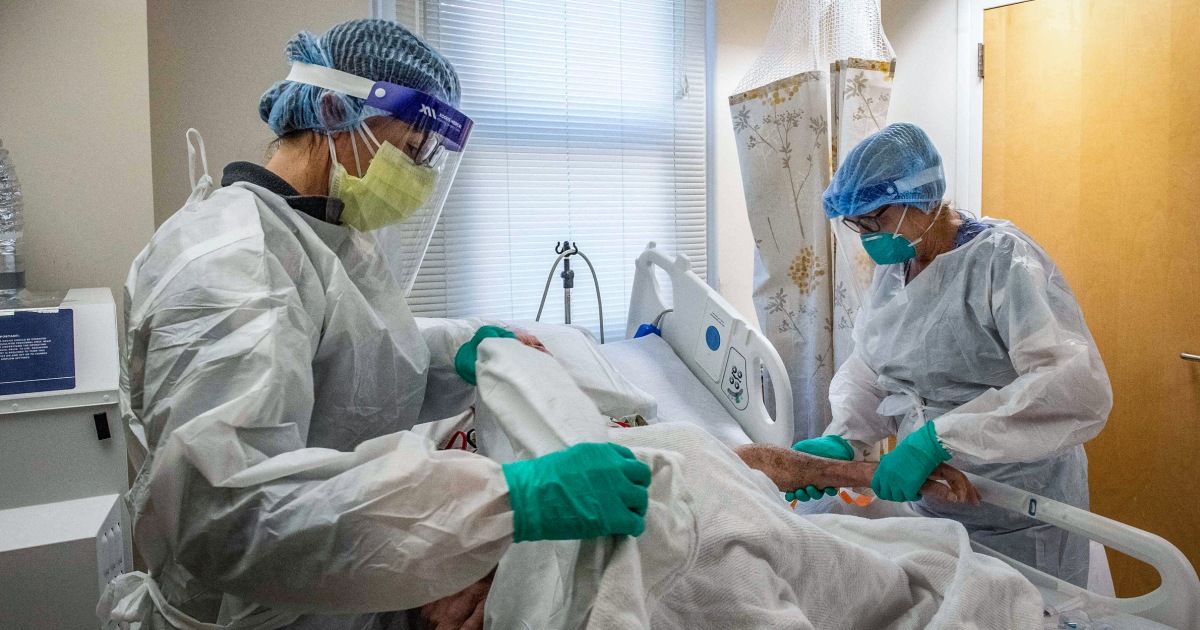
Health and Human Services Secretary Xavier Becerra extended the the Covid-19 public health emergency Friday, continuing the declaration for another 90 days.
The latest declaration was posted to the HHS Office of the Assistant Secretary for Preparedness and Response, and it will allow many public health protections and financial aid programs to continue for at least another three months.
The latest public health emergency declaration goes into effect Sunday.
The public health agency did not immediately respond to a request for comment, but Kirsten Allen, a spokesperson for Health and Human Services, said Wednesday that “HHS will provide states with 60 days’ notice prior to any possible termination or expiration in the future,” which has been the ongoing commitment of the Biden administration.
This is the eighth time the declaration has been extended since it was announced Jan. 27, 2020.
There is growing concern about what will happen once the public health emergency declaration comes to an end, as it will begin the unraveling of the expansive support system and end key flexibilities that have aided the effort to respond to the pandemic.
Those supports increase the availability of grant and appropriation funding to local governments and groups working to prevent and treat the virus, allow health care providers access to the billions of dollars allocated to the HHS Provider Relief Fund, allow states to waive certain regulatory requirements as they continue to respond to the pandemic, and expand access to telehealth and telemedicine capabilities.
NBC News previously reported that up to 15 million people, including 6 million children, are at risk of losing Medicaid coverage once the public health emergency ends, as it would cause states to lose federal funding and the flexibility to keep people on the Medicaid rolls without continuously checking on their eligibility.
Daniel Tsai, the director of the Center for Medicaid and CHIP Services who was appointed in June, said in the December report that his office has created a working group with about 25 state Medicaid agencies to discuss best practices on how to approach a problem that he called “unprecedented.”
The agency prepared a checklist for states to encourage them to begin to communicate the challenges and to work closely with health care navigators, community groups and others to ensure as smooth a transition as possible.
The hope is to ensure that those who remain eligible maintain coverage and those who don’t transition to other forms of health insurance.
“We try to be very cognizant of the realities on the ground, and also making sure we are using — I literally mean — every lever possible to help preserve coverage and access for folks,” Tsai said last month.
Source: | This article originally belongs to Nbcnews.com










